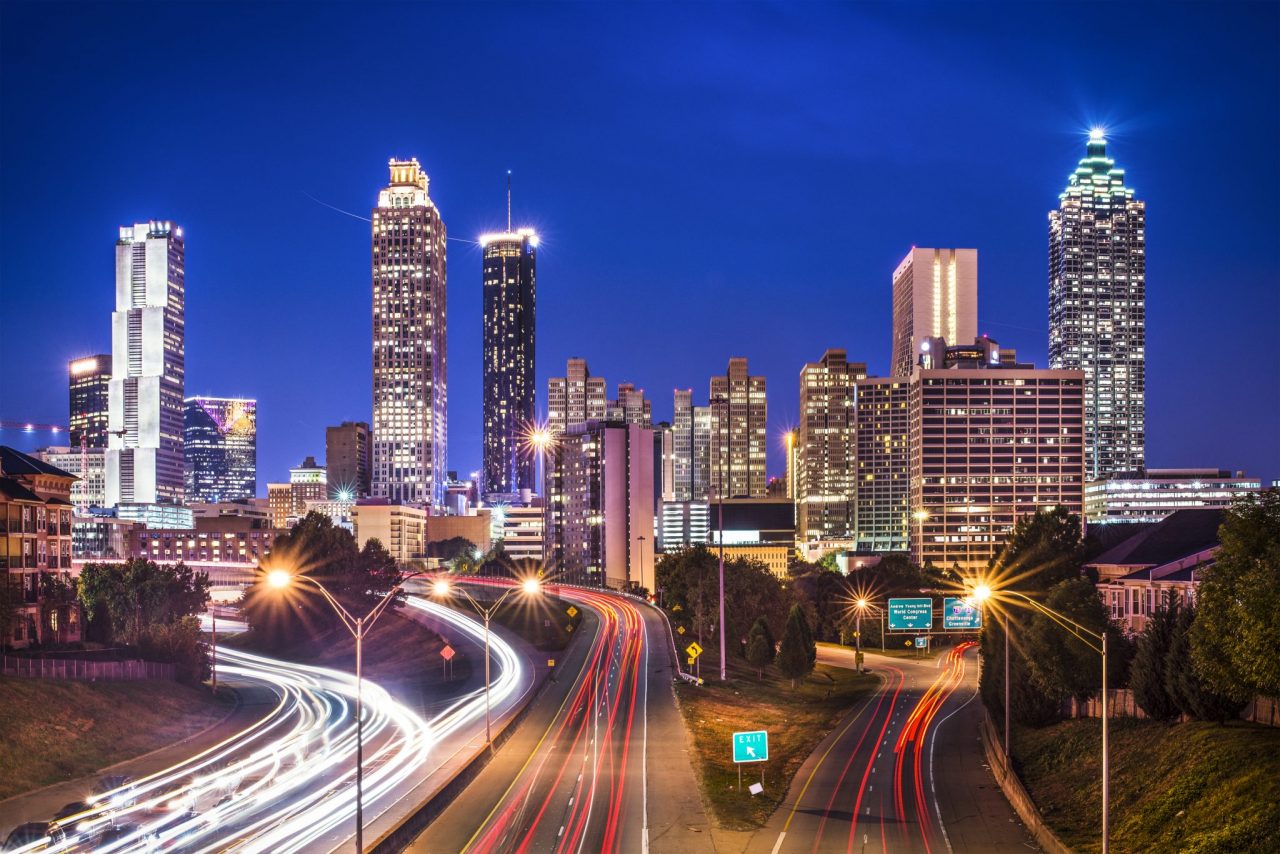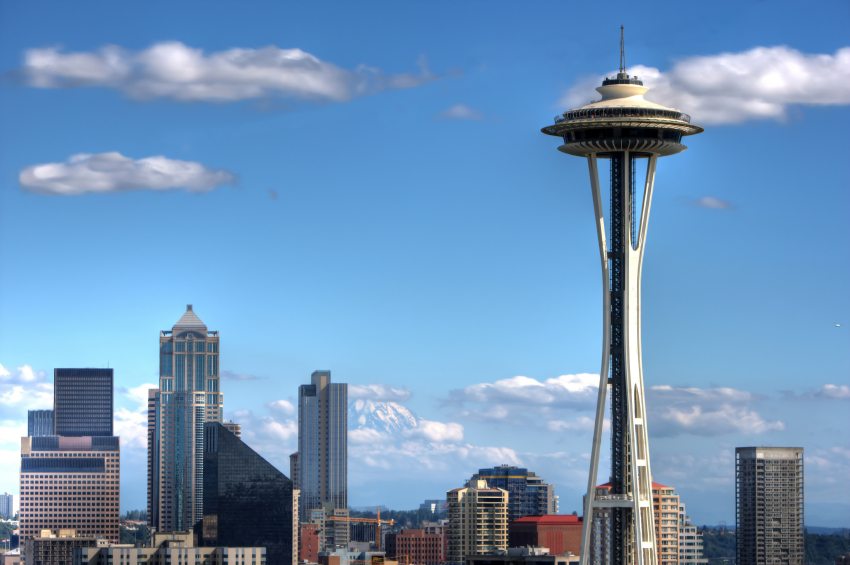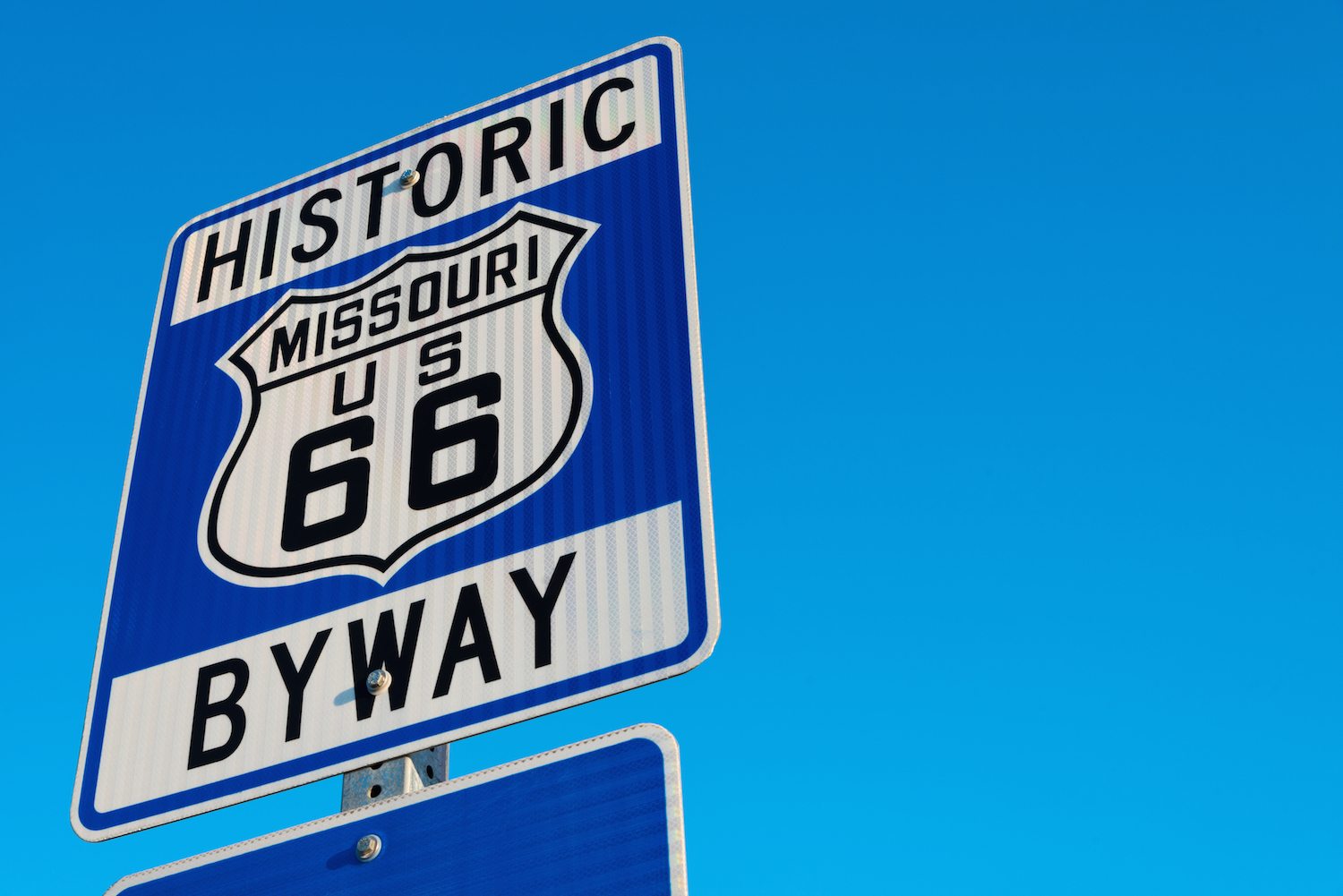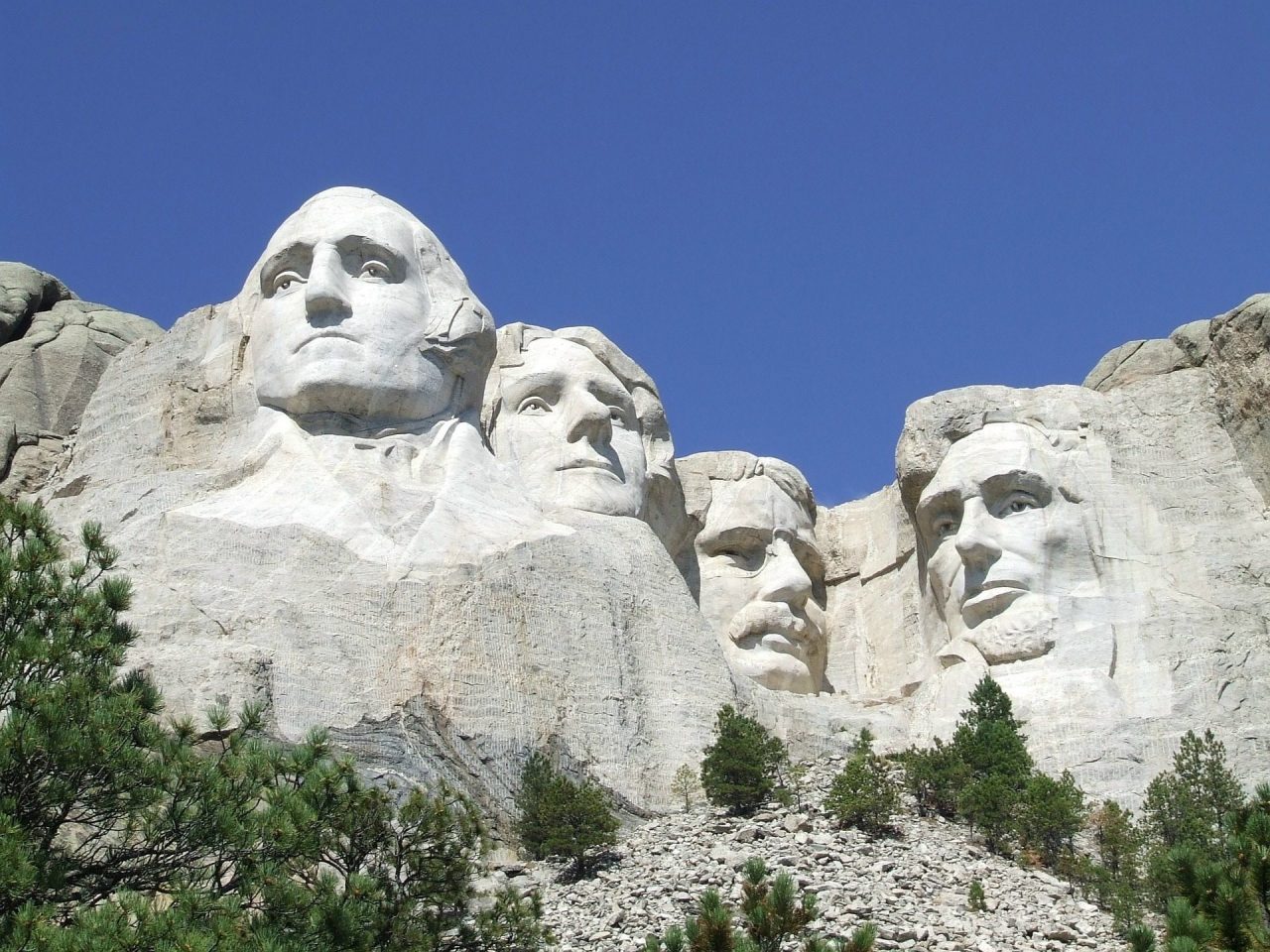Road Trip from Atlanta, GA to Memphis, TN
Each year in January, we honor the Rev. Dr. Martin Luther King Jr. One way to do this is to share in a heritage drive, tracing some of the key places in which Dr. King lived and expressed his vision.
Atlanta, GA
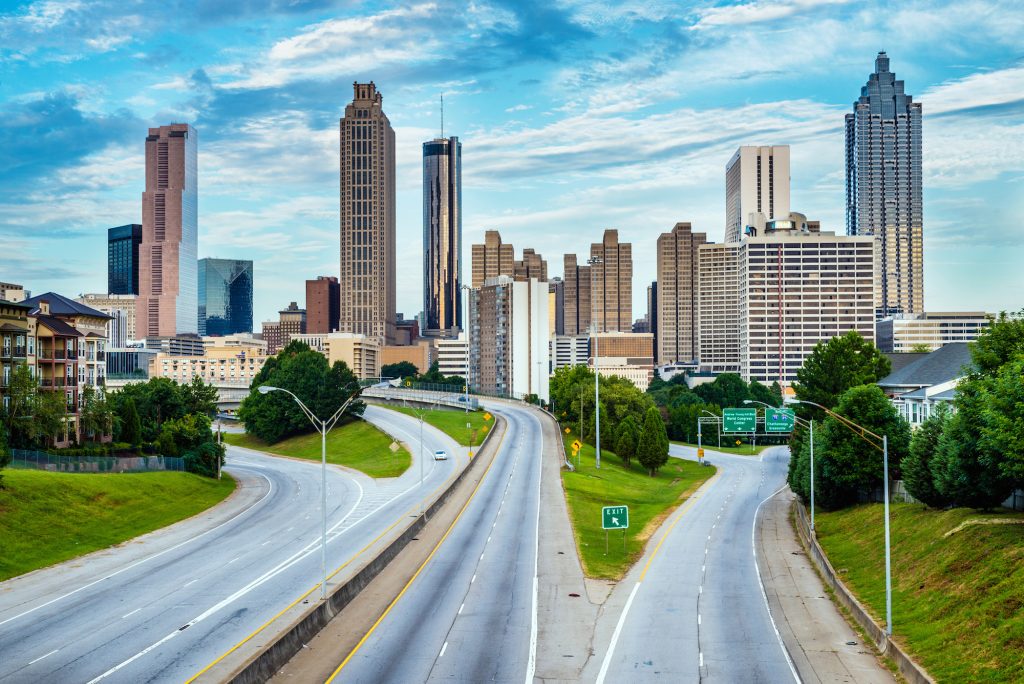
Dr. King was born on January 15, 1929, in Atlanta. Today, the Martin Luther King Jr. National Historic Site is located in and around his birthplace. The Visitor Center, Historic Ebenezer Baptist Church, Dr. and Mrs. King’s Gravesite, Freedom Hall, and Historic Fire Station No. 6 can all be visited as self-guided tours. His birthplace requires sharing in a ranger-led tour.

NPS Photo
Birthplace, Atlanta, Georgia. The ranger-led tour takes about half an hour, during the tour you learn about Dr. King when he was a child. His birthplace home is open for tours every day except Thanksgiving, Christmas and New Year’s Day. Tours start at 10 a.m. and end with the last tour at 4 p.m. They are limited to 15 people. You cannot make advanced registration or phone reservations. So here’s a hint. When you arrive at the park, go to the information desk in the visitor center, sign up for a tour, then visit the other sites in the park while you wait for your tour.
Morehouse College, Atlanta, Georgia. Dr. King graduated from Morehouse College. The Morehouse College Martin Luther King, Jr. Collection represents much of his life and work, dating from 1944 to 1968. There are about 10,000 items in the collection from of handwritten notes, to famous speeches, and the 1,100 books from King’s personal library. The college campus is a beautiful reminder of the hard work and diligent study of many generations of students, Dr. King notable among them.
Montgomery, AL
From Atlanta, drive to Montgomery, Alabama, which was the location of the Montgomery Bus Boycott of 1955. Places to visit include:
Dexter Avenue King Memorial Baptist Church organized in 1877, this is the second oldest historic black church in Montgomery. Dr. Martin Luther King served as the pastor and preached here from 1954 to 1960. The 1965 Selma to Montgomery march ended just a few feet away at the Capitol steps. There is an eternal light lamp post, and signs about the history, outside the church.
Dexter Parsonage Museum served as Dr. Martin Luther King, Jr’s home. You begin the tour in the building next door, and see a video about the Parsonage. Then you go into the Parsonage and visit every room as the docent talks about the King family’s time there. Tours begin on the hour and last the majority of an hour.
Rosa Parks Library and Museum features exhibits about Rosa Park’s refusal to sit in a segregated part of a bus in Montgomery, her arrest, and the 382-day boycott of the Montgomery bus company that followed.
The Civil Rights Memorial Center, housed in a building by the acclaimed architect Maya Lin, includes a water memorial celebrating Dr. Martin Luther King, The center recognizes those who helped move civil rights movement forward. See the film about the 40 people who lost their lives fighting for the basic human right that all people are created equal. The Wall of Tolerance, at the end of the tour, is impressive.
Selma, AL
Next, drive the Selma to Montgomery National Historic Trail, a highway honoring those who demonstrated for civil rights. As you drive it, you will find markers all along the way, and if you stop at each, you will allow the story to unfold. A highlight of the drive is the Lowndes County Interpretive Center.
Selma, Alabama, is the setting for the Edmund Pettus Bridge, the scene of the conflict called Bloody Sunday, March 7, 1965, when armed policemen attacked civil rights demonstrators with clubs and tear gas as they were intending to march to Montgomery, the Alabama state capital. Park your car, and stroll across the bridge. Your ten-minute walk will remain a vivid memory. Visit the nearby Brown Chapel A.M.E. Church, where Dr. Martin Luther King Jr. and his followers began the Selma to Montgomery March.
Birmingham, AL
Drive from Selma to Birmingham, Alabama, home to the Birmingham Civil Rights Institute, which overlooks the Sixteenth Street Baptist Church, where 4 girls were murdered in a bombing. The museum offers a chronology of the Civil Rights movement and Birmingham’s role in it. You will have the chance to see the news clips and other museum displays about the Civil Rights Movement. Sixteenth Street Baptist Church and Kelly Ingram Park are both across the street from the museum. There are several self-guided walking tours that start from the park across the street.
Memphis, TN
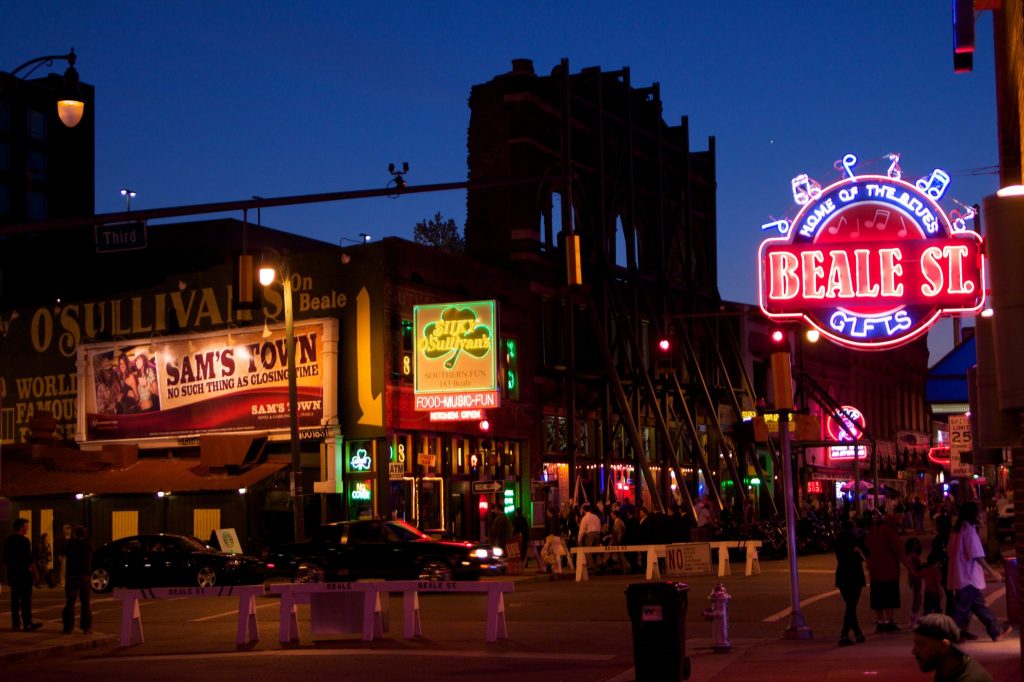 Continue your drive to Memphis, Tennessee, the site of Dr. King’s assassination. Today the Lorraine Hotel and those buildings around it comprise the National Civil Rights Museum. The complex is located at 450 Mulberry Street, with all properties except the Lorraine Motel owned by the Lorraine Civil Rights Museum Foundation. The motel is owned by the State of Tennessee and operated by the Foundation under a 20-year lease with the Tennessee State Museum. In the 2014 reopening, a major new exhibit was unveiled; a replica of the US Supreme Court room in which arguments were heard in the 1954 Brown v. Board of Education case, when Court ruled that segregation in public schools was unconstitutional. Your Martin Luther King Jr. Heritage Drive concludes here.
Continue your drive to Memphis, Tennessee, the site of Dr. King’s assassination. Today the Lorraine Hotel and those buildings around it comprise the National Civil Rights Museum. The complex is located at 450 Mulberry Street, with all properties except the Lorraine Motel owned by the Lorraine Civil Rights Museum Foundation. The motel is owned by the State of Tennessee and operated by the Foundation under a 20-year lease with the Tennessee State Museum. In the 2014 reopening, a major new exhibit was unveiled; a replica of the US Supreme Court room in which arguments were heard in the 1954 Brown v. Board of Education case, when Court ruled that segregation in public schools was unconstitutional. Your Martin Luther King Jr. Heritage Drive concludes here.
If you are unable to do this Dr. Martin Luther King Jr. Heritage Drive this year, you may wish to see one of these other Dr. Martin Luther King Jr. sites of interest, especially if they are near you:
Pennsylvania
Dr. King attended Crozier Seminary, in Upland, Pennsylvania. In 1970 the school moved to Rochester, New York, as part of a merger creating the Colgate Rochester Crozier Divinity School. The former seminary building that Dr. King knew well thereafter first served as Crozier Hospital. Today, it is used for medical offices on the grounds of the Crozier-Chester Medical Center. The Old Main building has been listed on the National Register of Historic Places since 1973.
Massachusetts
Dr. King earned his doctorate in systematic theology in 1955 at Boston College in Massachusetts. Located in Chestnut Hill six miles west of Boston, the College dates back to 1863. A strolling visit to the campus with its collegiate gothic buildings is lovely at any time of the year.
Washington, D.C.
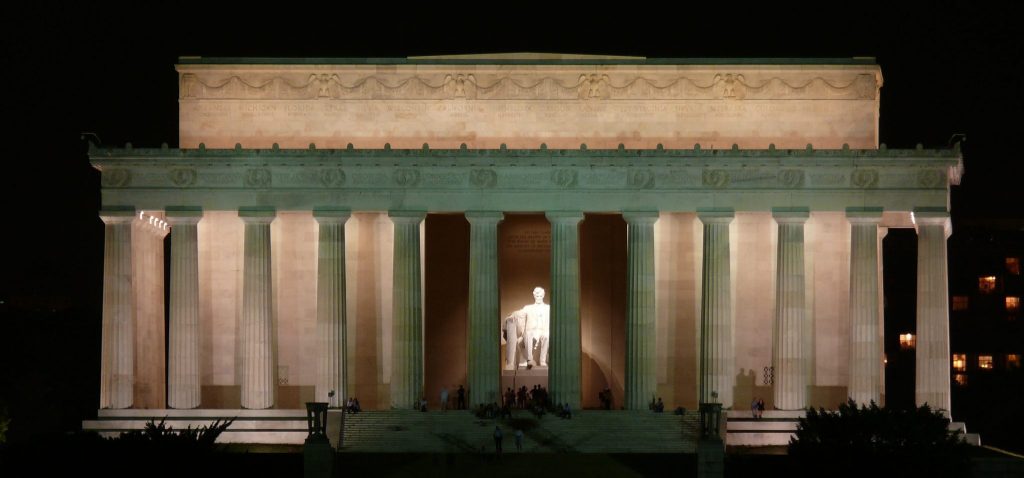
The March on Washington took place on August 28, 1963. There, Dr. King delivered his “I have a Dream” speech on the steps of the Lincoln Memorial. Impressive at any time or season, it is particularly appropriate to visit the Lincoln Memorial on or near Dr. King’s birthday. The sculpture of President Lincoln and the stirring words inscribed within form the backdrop not only for Dr. King’s speech but for his life’s work.
“The Civil Rights Memorial, Montgomery, AL” by Markuskun at English Wikipedia – Transferred from en.wikipedia to Commons. Licensed under Public Domain via Commons.
“The Obamas and the Bushes continue across the bridge (cropped to Obama and Bush couples)” by Official White House Photo by Lawrence Jackson – http://www.whitehouse.gov/blog/2015/03/08/behind-lens-selma-50-years-later also archived by the Internet Archive at https://web.archive.org/web/20150310072208/http://www.whitehouse.gov/blog/2015/03/08/behind-lens-selma-50-years-later. Licensed under Public Domain via Commons.

